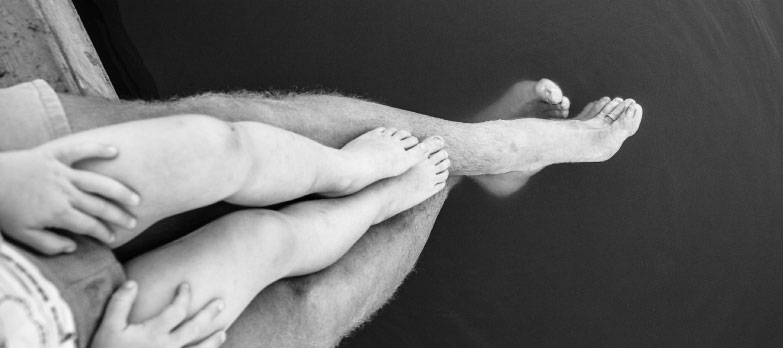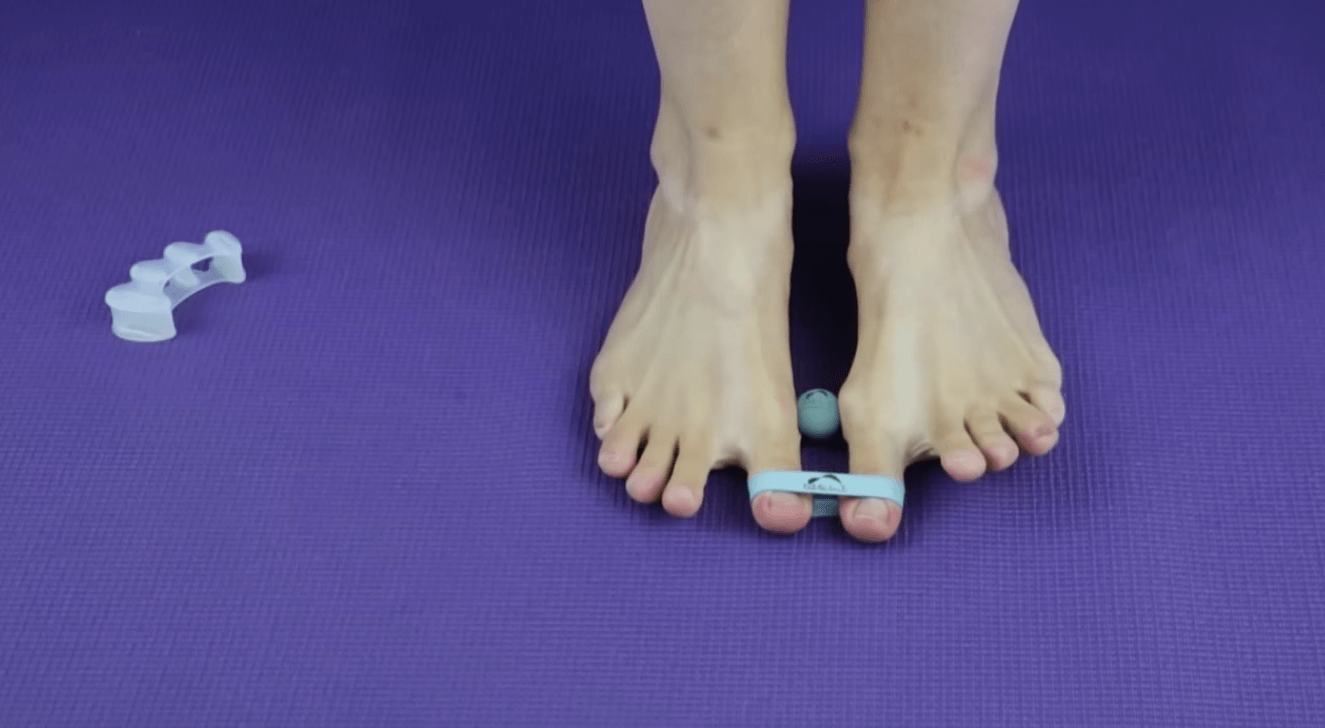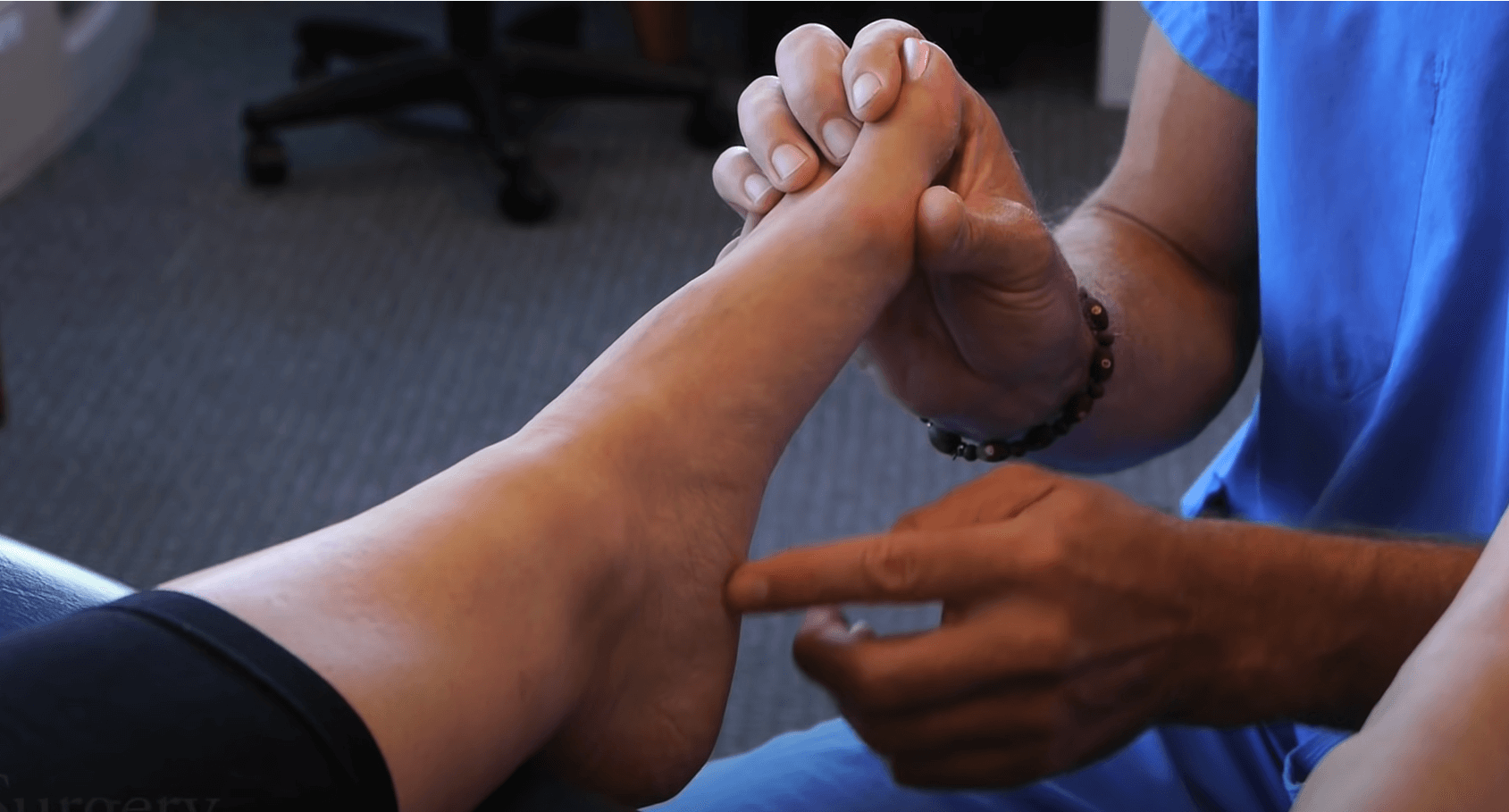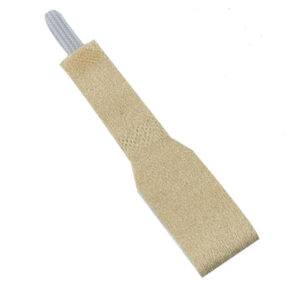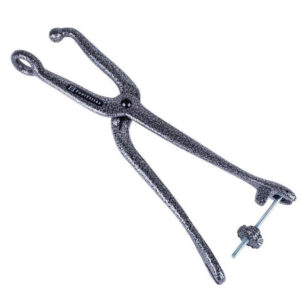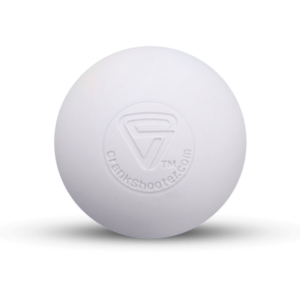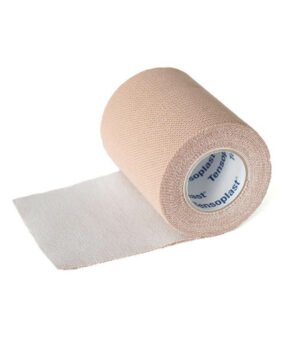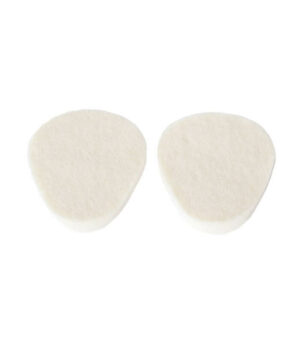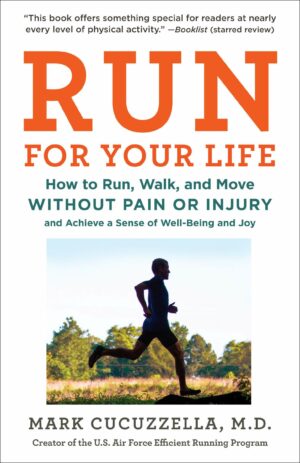In spite of the fact that the medical community has made advances in the care of many common medical conditions, the treatment of bunion deformity is still locked in the dark ages.
Today’s podiatric students and residents are being taught that bunions are hereditary, represent a bone structure problem, and require surgery for definitive treatment. They are being taught that the progression of bunions can be slowed by supporting the arch (subtalar joint) with orthotic devices. They are encouraged to recommend wide-width footwear to their future patients, which does not fix the problem, as you will see below.
This perspective represents the current standard of care in podiatric education and practice, but is it based on evidence?
The short answer is no.
There are several clues as well as self-evident medical facts, that point to the flaws in the presently accepted educational approach and treatment of bunion deformity.
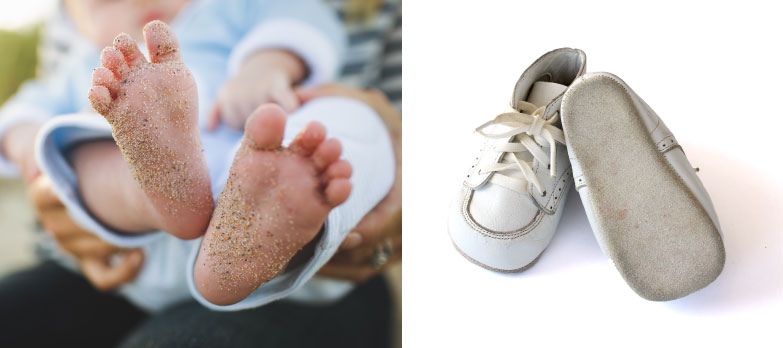
What Causes Bunions?
Humans are not born with bunions. In all but the exceedingly rare case, human babies are born with toes that spread wider than the balls of their feet. We even seem to respect this anatomical reality by manufacturing footwear for babies that are the same shape as their natural feet.
However, around the age of 3, we begin changing the shape of the feet of infants by fitting them in footwear that no longer respects natural human foot anatomy, and we start squeezing their toes together. We begin fitting them in shoes that are widest at the balls of their feet, as opposed to where natural feet are widest: at the ends of the toes. This is where bunion deformity begins.
Throughout the lives of most humans in shoe-wearing societies, they will continue to purchase footwear that is widest at the balls of the feet and gets narrower in the toebox. Consequently, their feet will become shaped like their shoes.
This happens because most footwear available to them is manufactured this way, and the current system for measuring feet, the Brannock device, gives feet their width measurement at the ball of the foot.
Nearly everyone’s feet have become misshaped by their shoes early in life, so we fail to recognize that there is nothing natural about the shape of our feet. We have created a new normal, not without significant negative consequences, which eventually show up as pain and disability.
Are Bunions Hereditary?
A group of researchers from Harvard recently published an article on the “Framingham Foot Study” in Arthritis Care & Research where they concluded that bunions are highly hereditable. The problem with their conclusion is that they failed to control for the footwear that their research subjects were wearing, and had worn over their entire lives.
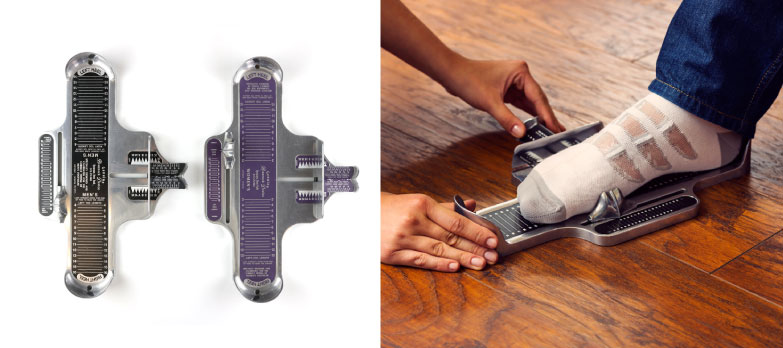
Employing the same reasoning that they used to arrive at their conclusion, we could conclude that long necks are highly hereditable in females in Bangladesh who wear rings on their necks, or that cone-shaped skulls are highly hereditable in the African tribes who tightly bandage the skulls of their newborns to create a cone-shaped head.
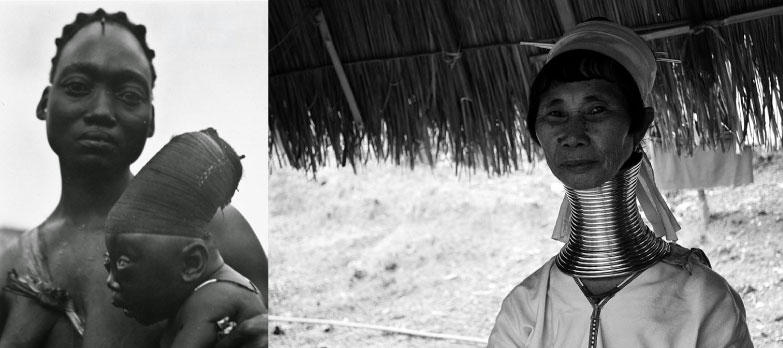
We are not observing a correlation here. We are clearly identifying causation. Brass rings cause long necks. Tight bandaging of the skull at birth causes long heads. Shoes that progressively dislocate the big toes, over the course of a lifetime, cause bunions in nearly all cases.
If the researchers at Harvard would have looked at the footwear their subjects wore throughout their life, they would see that what is hereditable is feet that are wider than most of the footwear those individuals have worn over the course of their lives.
We check this on every patient that comes to our clinic by using the shoe liner test, and what we’ve seen is that nearly 100% of patients with bunions have feet that are wider than their footwear. We tell them that their shoes are narrower than their feet, and they confirm they have always struggled to find shoes for their “wide feet”.
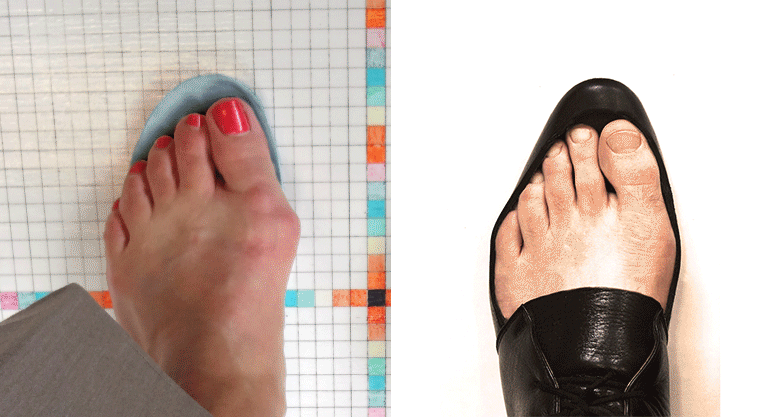
Another hereditable feature that plays into the development of bunion deformity is soft tissue elasticity. This renders some feet the ability to return to their natural foot shape after removing tapered toebox footwear and other feet to more quickly take on the unnatural shape of the footwear permanently.
How to Prevent a Bunion?
After reading the discussion above, you are likely asking yourself an important question – if a bunion deformity is a non-hereditary, progressive dislocation of the big toe joint caused by footwear; how do we prevent one from occurring and progressing?
The answer is both simple and difficult. Simple, in terms of understanding how to prevent a developing bunion, but difficult in the way it is actually implemented. This difficulty is due to the relative lack of footwear options that allow our big toe joint to remain in its natural position.
An important place to start our conversation about prevention is at the beginning of life. We can clearly see that bunions are not a problem for babies, as babies are not born with bunions. This type of deformity is also not a problem for infants, as infant footwear reflects the natural human foot shape – the widest at the ends of the toes.
The reality is our propensity to develop a bunion begins in early childhood, when nearly all available footwear painlessly squeezes the toes into a position that is narrower than the ball of the foot.
It’s no surprise then, that a lot of people are seeking advice on how to manage their painful bunion deformity, because nobody taught them the principles of prevention early in life. This has to change!
Most Important Considerations for Bunion Prevention
The most important thing to understand is that human feet are naturally widest at the ends of the toes, not at the balls of the feet. People who develop bunions have spent most of their lives wearing the wrong footwear, causing unnatural foot shape. Observing the feet of any baby can confirm this valuable observation.
To help prevent bunion from forming, consider these two important recommendations:
- Wear the right footwear. Opt for shoes with wide-toe box, see our approved list of shoes designed for optimal foot health and not just fashion footwear.
- Use correct toes. Check the shoe liner/sock liner test to understand how toe box shape affects your feet. Wear a toe spacer to restore natural foot alignment.
Bunion FAQs
Is bunion painful?
In some cases, bunions can be painful. The pain is often caused by the pressure exerted on the affected joint as the bunion extrudes outward.
How to prevent a bunion?
Wear proper footwear, promote natural foot alignment by using correct toes, and seek medical advice if necessary.
When is a surgical treatment of a bunion appropriate?
Surgeries should never be an option, only when natural preventive methods have failed to provide relief and resulted in severe bunions.
Bunions are nonhereditary, and are preventable. Prevention begins with early caregivers who have a proper understanding of natural foot alignment, and the ability to secure footwear that respects natural foot shape. This footwear should be chosen based on the sock liner/shoe liner test, and these principles must be employed in most footwear choices over the course of an individual’s life to prevent the potential development of a bunion deformity. Prevention is the best medicine!


